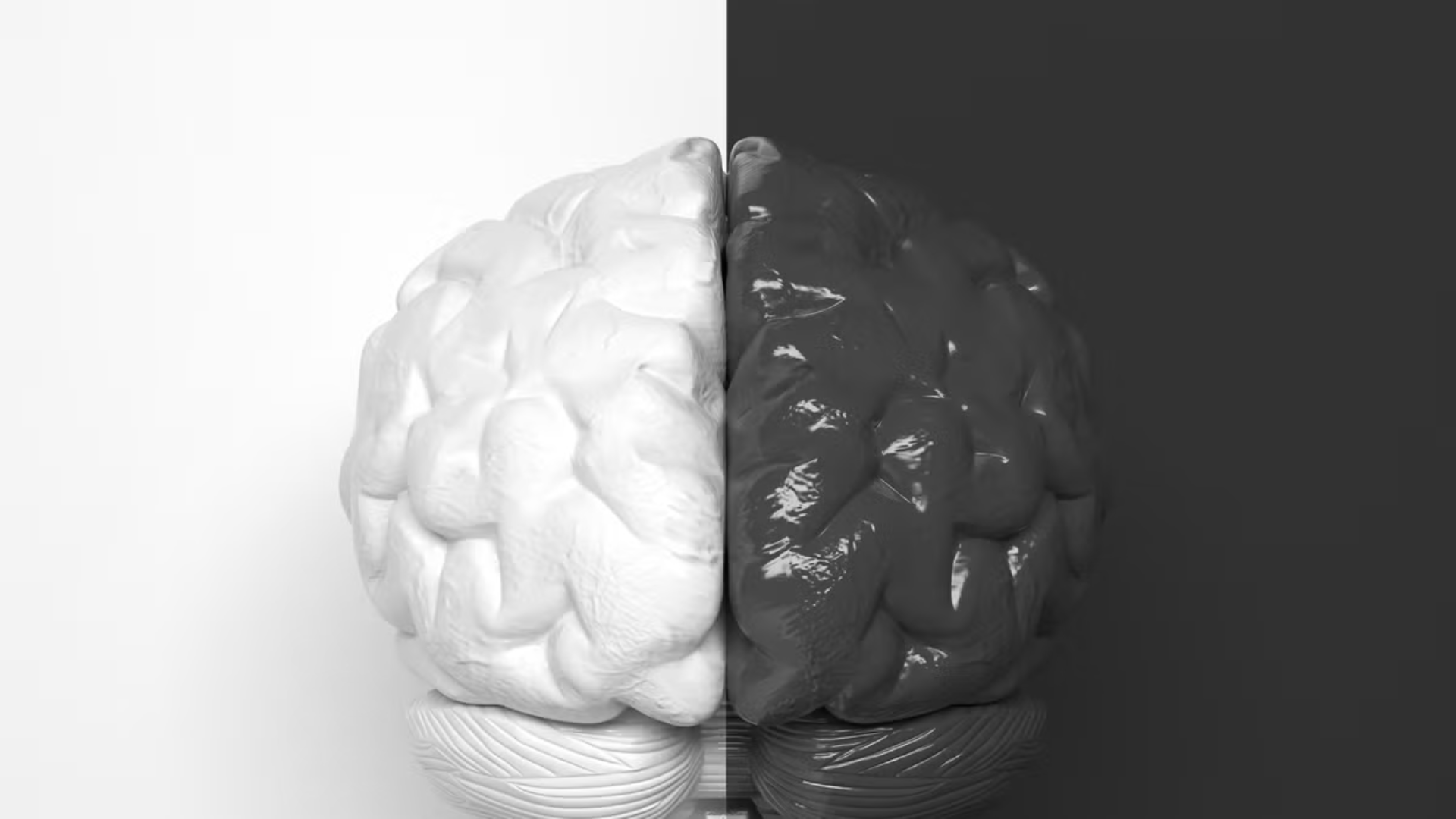Understanding All-or-Nothing Thinking
The Limited Lens of Black and White Perception
You’re trying out a new gym and so far it’s awesome. It’s close to your home, has good equipment, a great vibe and friendly people. But then you notice that your favourite machine is missing. Every gym worth its fees has that machine and why on earth wouldn’t this one have it too? You know you can do the exercise without that machine but now you’re upset so you decide not to join. This gym is rubbish…right?
What Is All-or-Nothing Thinking?
All-or-nothing, or categorical thinking, refers to a rigid and overly simplified view of the world. Instead of seeing life in its full complexity, we perceive situations, people, and even ourselves in absolute terms: Right or wrong, good or bad, success or failure. It’s a restricted view that tends to promote negativity, reinforcing unhelpful and often unrealistic beliefs.
Why Is All-or-Nothing Thinking Risky?
All-or-Nothing thinking is risky because it limits your ability to assess situations or people in a balanced way. It blocks out the possibility of considering alternative explanations or solutions and makes it difficult to accept feedback or make adjustments. When you rely on all-or-nothing thinking, you become less open to new information and self-reflection. In fact, while it’s easy to spot this type of thinking in others, many of us fail to recognise when we are trapped in this mindset ourselves.
The Emotional Consequences of All-or-Nothing Thinking
One of the hallmarks of all-or-nothing thinking is the tendency to label people and experiences in rigid, categorical terms. For example, imagine your partner tells a small lie about where they were after work—perhaps they said they were still at the office when they were really at a bar with colleagues. Despite their confession upon returning home, you immediately label them as a “liar” and refuse to accept any middle ground. In this scenario, rather than considering the context or reasons for their action, you categorise them as either a liar or truthful, with no space for anything in between.
This kind of labelling can escalate minor misunderstandings into major conflicts because it reduces people to fixed roles or characteristics. A person who tells one small lie is labelled a “liar,” rather than being seen as someone who made a mistake. This extreme view distorts the situation and prevents forgiveness or understanding.
How Perfectionism Fuels Categorical Thinking
Perfectionism often plays a significant role in reinforcing all-or-nothing thinking. Perfectionists tend to set unattainably high standards for themselves, and when they don’t meet those standards, they label themselves as failures. This reinforces a black-and-white outlook on their performance, ignoring any progress or partial success.
Scenario 1: Learning a New Language
Imagine you’ve decided to learn a new language. You practise consistently and have even advanced to intermediate level. Yet, when someone asks if you speak another language, you claim you don’t because you’re not 100% fluent. In your mind, anything less than perfect fluency doesn’t count, even though 65% fluency is a significant achievement. This reflects the all-or-nothing thinking that equates imperfection with failure.
Scenario 2: Job Interview
You just completed your fourth-round job interview, and despite answering almost all questions perfectly, you stumbled on the last one. When your partner asks how it went, you say, “Badly.” Even though you performed exceptionally well overall, you focus on the one mistake and disregard your success. In this case, you are defining the entire interview by a single moment of imperfection, reinforcing the belief that anything short of perfection is a total failure.
Strategies for Overcoming All-or-Nothing Thinking
To break free from the grip of all-or-nothing thinking, it’s important to adopt strategies that help you challenge and shift these thought patterns.
Rate Your Belief on a Scale
On a scale of 1-10, how much do you believe in your current assumption? How does this belief make you feel? Asking yourself these questions can help you quantify the strength of your belief and recognise its emotional impact.
Pinpoint Your Prediction
What exactly are you predicting, and why? Are you assuming the worst-case scenario, and is this assumption based on solid evidence? By examining your prediction closely, you may realise that it’s more based on fear or habit than reality.
Assess the Realism of Your Expectations
Is an all-or-nothing approach realistic? Consider whether it’s possible—or even desirable—to achieve perfection in every area of life. Could a more flexible, forgiving approach be more helpful?
Exploring Alternatives
Rather than viewing yourself or others in extreme terms, try to explore the shades of grey in between. This could mean acknowledging both your strengths and areas for improvement, or understanding that others may have complex motivations behind their actions.
Breaking Free from Black-and-White Thinking
All-or-nothing thinking is a limiting, often damaging cognitive distortion that traps you in a cycle of harsh self-criticism and rigid judgements about others. By adopting strategies like questioning your beliefs, weighing the pros and cons, and observing the spectrum of behaviour in yourself and others, you can begin to dismantle this binary mindset.
Remember, life is rarely black and white—most experiences, people, and emotions exist in the shades of grey. Embracing this complexity can lead to greater emotional balance, improved relationships and a healthier outlook on life.


